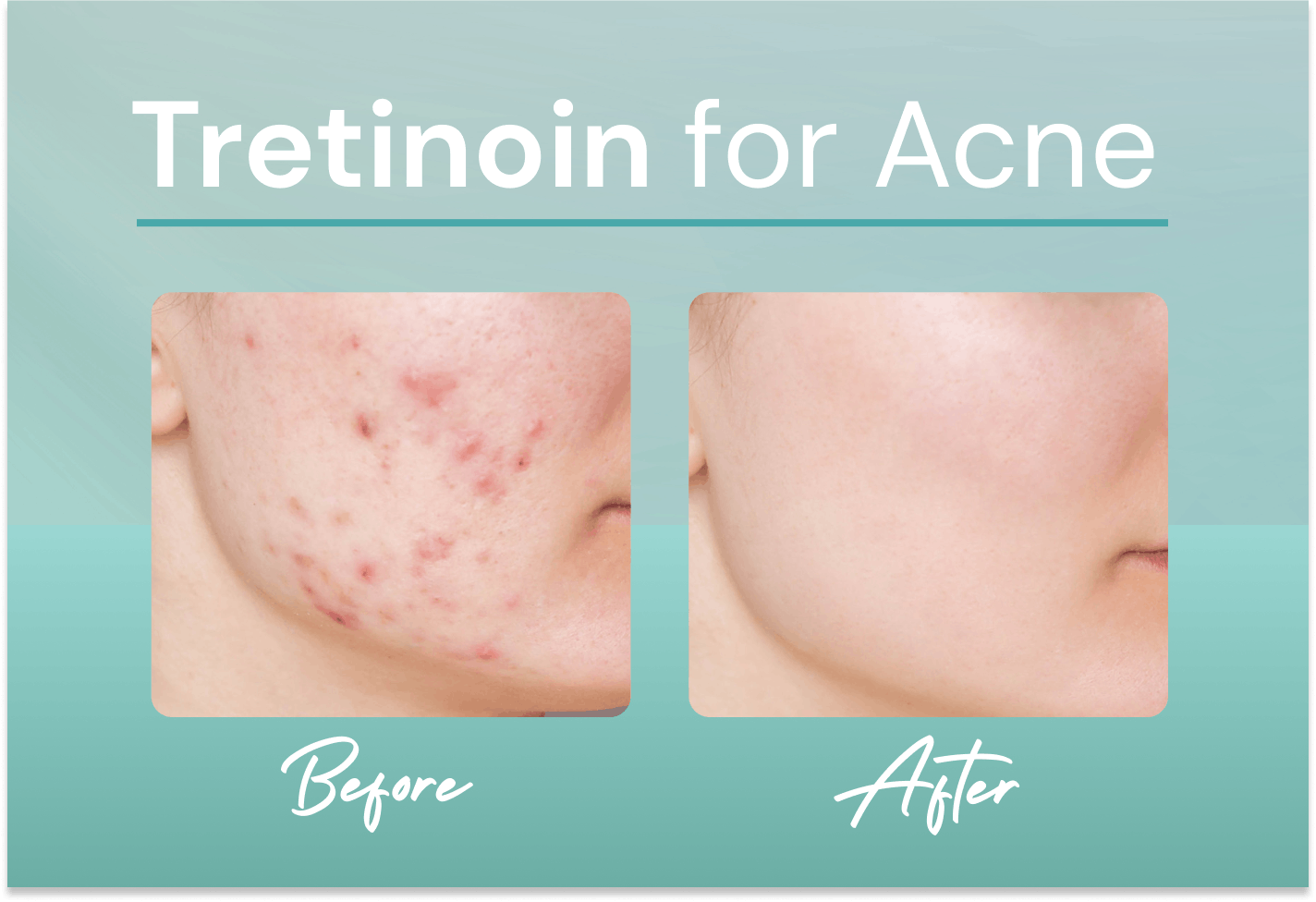There’s a brisk chill in the air, fall foliage is blooming, and it’s officially time to retire your summer dresses. Just as you switch out your wardrobe with every new season, your skincare routine should receive the same shift. When the weather changes, so should your skincare products and habits.
As temperatures and humidity levels drop, so does the moisture in the air—and your skin. The dry air—combined with indoor heating—can irritate skin and cause excessive dryness. Maintain a healthy, hydrated complexion this season with these expert dermatologist-approved tips.
Moisturize
Following a long summer of sun exposure, your skin is craving some TLC. As autumn and cooler climates arrive, your skin is more susceptible to moisture loss, which can cause visible tightness, flakiness, and even make wrinkles seem more pronounced, explains board-certified dermatologic surgeon Jessica Krant.
Dehydrated skin can also become itchy and inflamed, and lead to eczema or psoriasis flare-ups, she notes. Swap out lighter lotions for heavier moisturizers, which provide a stronger barrier to lock in hydration and soothe stressed-out skin. Creams, oils, or balms are good options for addressing dry skin on face, suggests the American Academy of Dermatology (AAD).
They advise: Products that you squeeze from a tube or scoop from a tub (as opposed to the kind you pump from a bottle), typically offer thicker formulations and a more protective layer. As far as ingredients, look for glycerin, lanolin, petrolatum, and shea butter.
Another VIP pick: Hyaluronic acid. While it’s often used in injectables, it’s also popular in over-the-counter topicals (think of it like a tall glass of water for your skin). In fact, The National Library of Medicine confirms that HA has the ability to hold up to 1,000 times its weight in water, making it a powerful humectant to plump and alleviate parched skin.
Shower smart
Dermatology specialists agree that it’s essential to moisturize often (and don’t neglect your body!), but if you want the full effect, it’s best to apply directly after a shower or bath while your skin is still damp. Always pat or blot dry with a towel to leave some moisture on your skin. And while the cooler temperatures may tempt you to crank up the heat, you should avoid long, steamy showers.
Hot water actually washes away your body’s natural oils and strips skin of moisture. Instead, follow the AAD’s suggestions and limit bathing to 5 or 10 minutes—only using lukewarm water—and wash with mild, fragrance-free soaps to keep skin happy and hydrated.
They also recommend: Ditch foaming cleansers (opt for ones with a creamy or gel-based consistency); and steer clear of products with alcohol, alpha-hydroxy acids, and retinoids, which can irritate and sabotage skin.
Don’t forget SPF
It’s essential to wear sunscreen year-round. Even if it’s cold and overcast, harmful UV-rays can still be damaging. In fact, according to the AAD, up to 80% of the sun’s rays can pass through clouds.
Choose broad-spectrum sunscreens with an SPF of 30 or higher, and don’t skimp on the stuff! Consistently using sunscreen will decrease your risk of sun damage and skin cancer, and also reduce the signs of aging.
Home helpers
If you’re wondering, “Why is my skin so dry even when I moisturize,” then it’s time to take an integrated dermatology approach by adjusting your skincare products, as well as lifestyle habits (like getting enough sleep, eating a healthy diet, and reducing stress).
An essential tool to banish dehydrated skin: Drink plenty of water. A Harvard Medical School Special Health Report suggests four to six cups a day to reap the benefits. Internal hydration leads to external hydration, so stay on top of your water consumption, and consider adding electrolytes for an extra boost.
The Mayo Clinic confirms that using a humidifier in your home also helps skin thrive. They add moisture back into the air (and your skin), as well as curb symptoms of allergies and colds.
References
5 common sunscreen mistakes - and how to avoid them. American Academy of Dermatology. Retrieved from https://www.aad.org/public/everyday-care/sun-protection/shade-clothing-sunscreen/common-sunscreen-mistakes
Dermatologists' top tips for relieving dry skin. American Academy of Dermatology. Retrieved from https://www.aad.org/public/everyday-care/skin-care-basics/dry/dermatologists-tips-relieve-dry-skin
Harvard Health Publishing. (2022, May 15). How much water should you drink? Harvard Health. Retrieved from https://www.health.harvard.edu/staying-healthy/how-much-water-should-you-drink
John, H. E., & Price, R. D. Perspectives in the selection of hyaluronic acid fillers for facial wrinkles and aging skin. National Library of Medicine. Retrieved from https://www.ncbi.nlm.nih.gov/pmc/articles/PMC2778417/
Krant, J. J. Why Low Humidity Levels In the Air Dry Out Your Skin [web log]. Retrieved from https://artofdermatology.com/why-low-humidity-levels-in-the-air-dry-out-your-skin
Mayo Foundation for Medical Education and Research. Humidifiers: Why you might need them. Mayo Clinic. Retrieved from https://www.mayoclinic.org/diseases-conditions/common-cold/in-depth/humidifiers/art-20048021
Your winter skin survival kit. American Academy of Dermatology. Retrieved from https://www.aad.org/public/everyday-care/skin-care-basics/care/winter-skin-survival-kit



